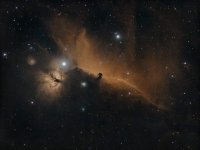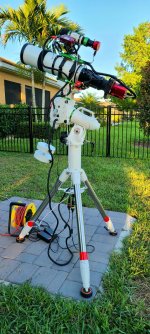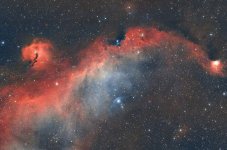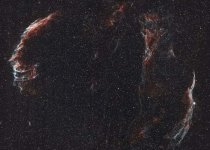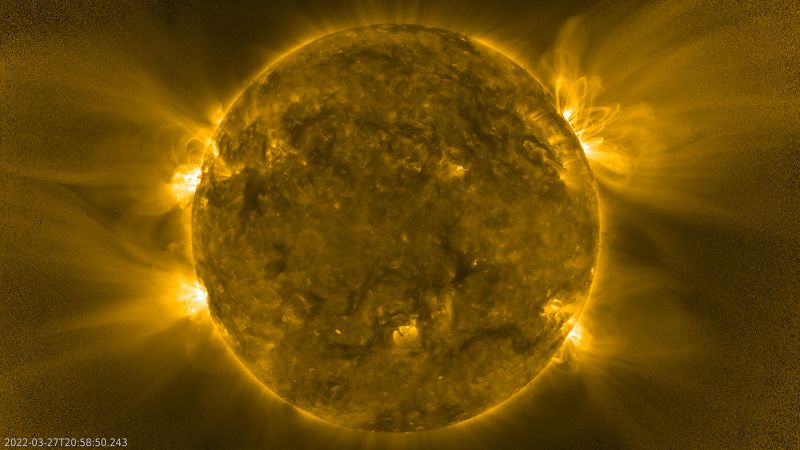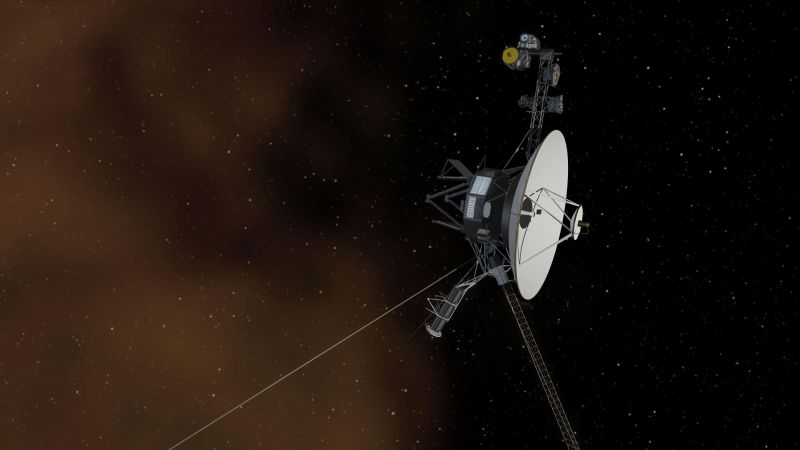Idolater
Popetard
@Silent Hunter you were . . . not 'in' this thread anymore by the time I got around to replying but I wanted to followup!
Post I'm referencing
This is such an interesting talent to me. When you say it takes 43 three-minute exposures, do you have to adjust the telescope after each three minute interval, due to the earth rotating, so that you're always focusing on the same point in the sky? Or are you taking 43 exposures over 43 nights, all at the same time? And when you say it's 43 three-minute exposures, does that mean that the "image" you're sharing is actually a 'composite' of all the 'light data' that your camera is 'capturing'?
It's interesting and it's amazing, what you're able to just 'grab' out of the night sky like that!
Thanks for sharing it.
Post I'm referencing
This is such an interesting talent to me. When you say it takes 43 three-minute exposures, do you have to adjust the telescope after each three minute interval, due to the earth rotating, so that you're always focusing on the same point in the sky? Or are you taking 43 exposures over 43 nights, all at the same time? And when you say it's 43 three-minute exposures, does that mean that the "image" you're sharing is actually a 'composite' of all the 'light data' that your camera is 'capturing'?
It's interesting and it's amazing, what you're able to just 'grab' out of the night sky like that!
Thanks for sharing it.

